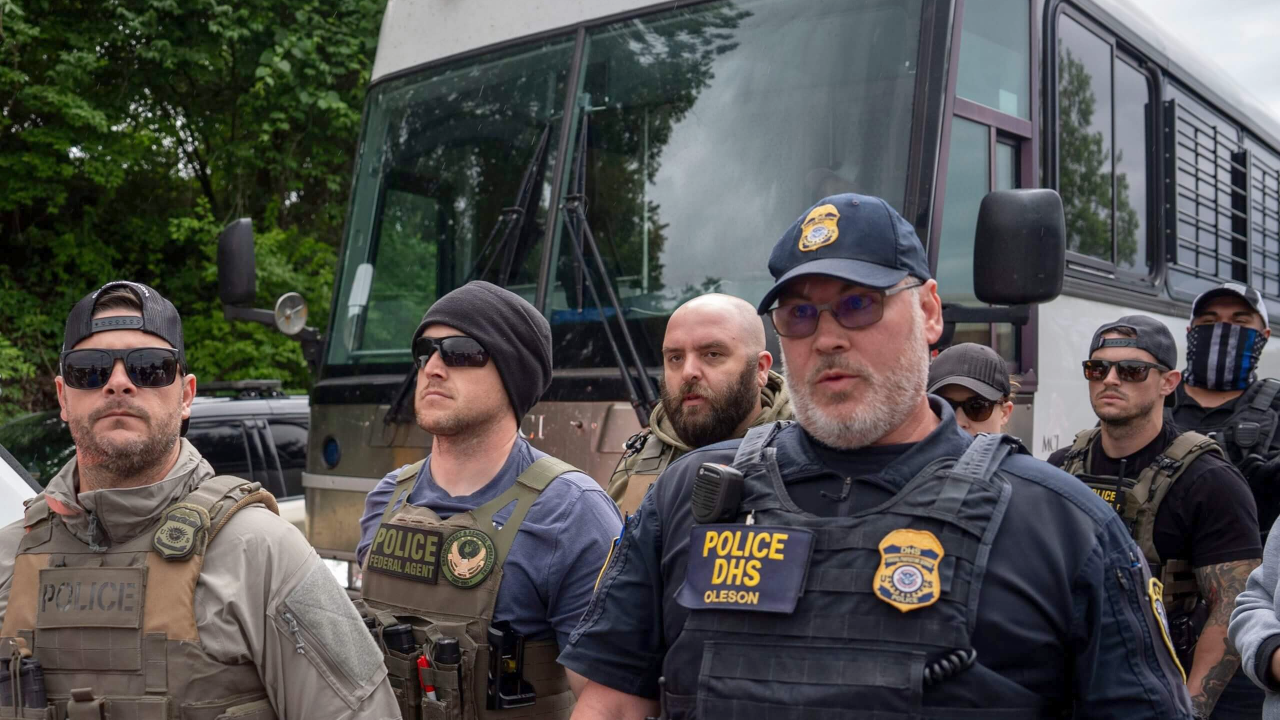
In a historic announcement for the 2026 Super Bowl, federal authorities confirmed that U.S. Immigration and Customs Enforcement (ICE) will maintain a visible presence at the event, particularly during the halftime show featuring global superstar Bad Bunny. This proactive measure has ignited widespread debate over the implications of immigration enforcement intersecting with high-profile entertainment.
Officials stress the necessity for heightened vigilance at one of the world’s most-watched sporting events. The move signals a shift in how security concerns are integrated into cultural celebrations, raising questions about safety, compliance, and the societal ramifications of federal involvement in popular culture.
Enforcement Surge
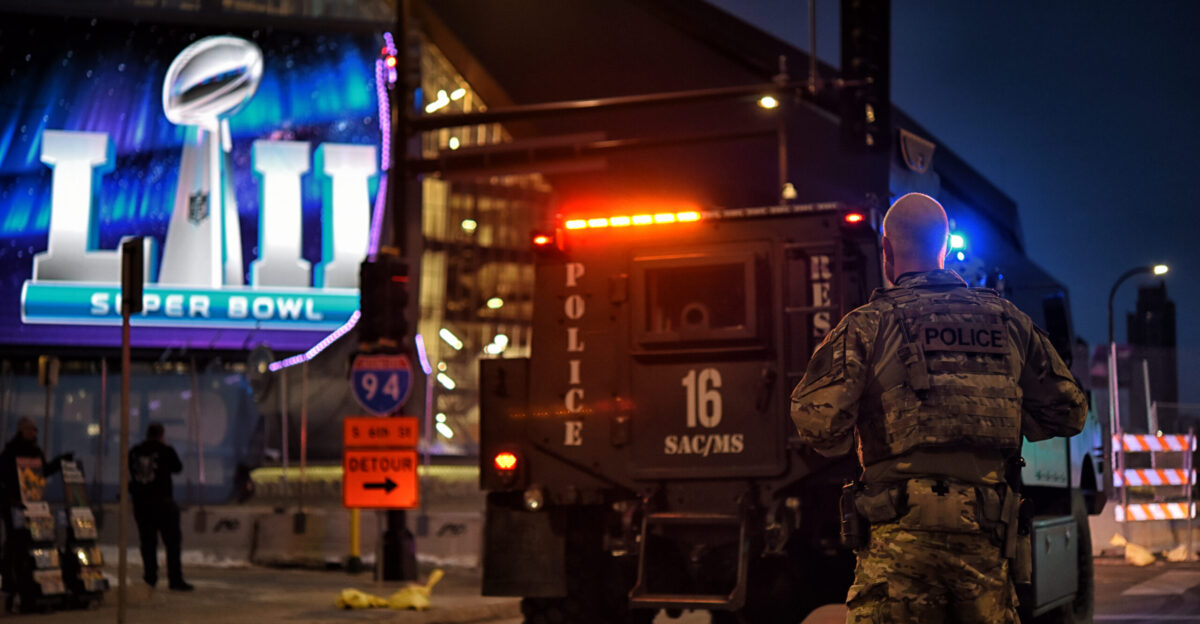
ICE’s deployment to the Super Bowl represents a drastic shift from typical federal involvement in entertainment events. Agency officials have issued public statements indicating their intent is to ensure safety and compliance. This announcement not only marks an escalation in enforcement at large gatherings but also highlights growing security concerns in an era of rising crowd management challenges.
Some view this as a crucial step for public safety, while others perceive it through a more controversial lens. The national conversation surrounding ICE’s presence at the Super Bowl is pivotal, showcasing a new frontier in the intersection of security and entertainment.
Halftime Show History
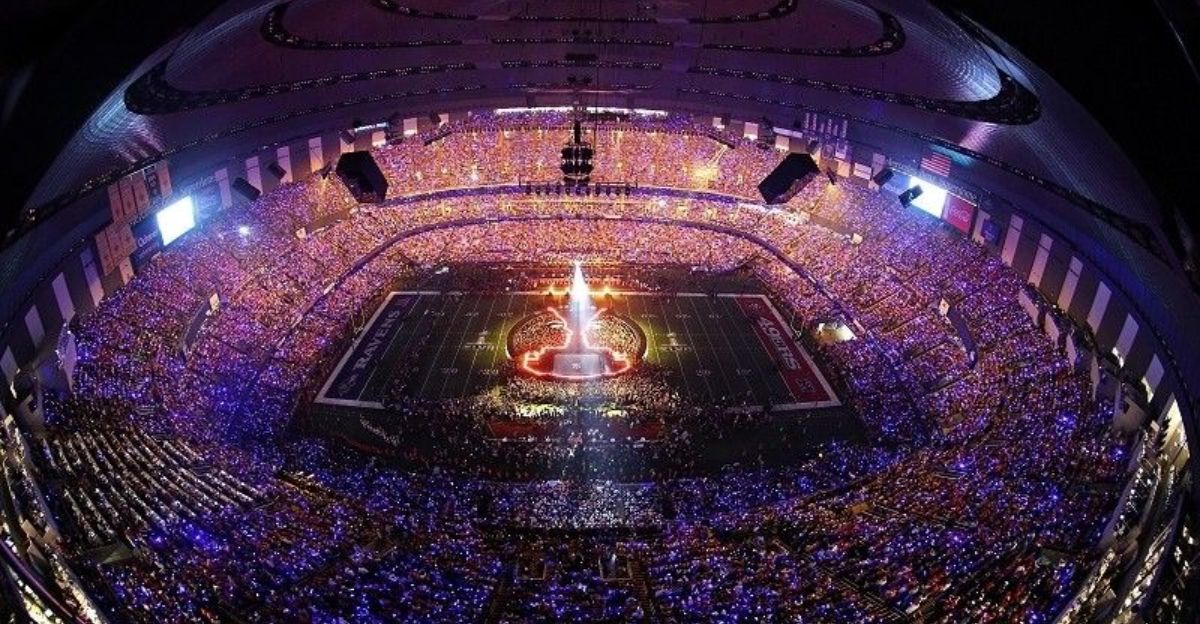
The Super Bowl halftime show has a rich history of showcasing iconic artists, from Beyoncé to Shakira. This year, Bad Bunny’s selection continues the trend, making a cultural statement with his global appeal and Latin roots.
However, the 2026 show stands out due to the heightened political and cultural discussions it has sparked, particularly regarding immigration representation. The NFL’s decision signals a deliberate effort to reflect the shifting U.S. demographics and the growing significance of Latin music. As Bad Bunny prepares to entertain millions, the backdrop of the immigration debate adds depth to what is traditionally a celebration of entertainment.
Political Pressures
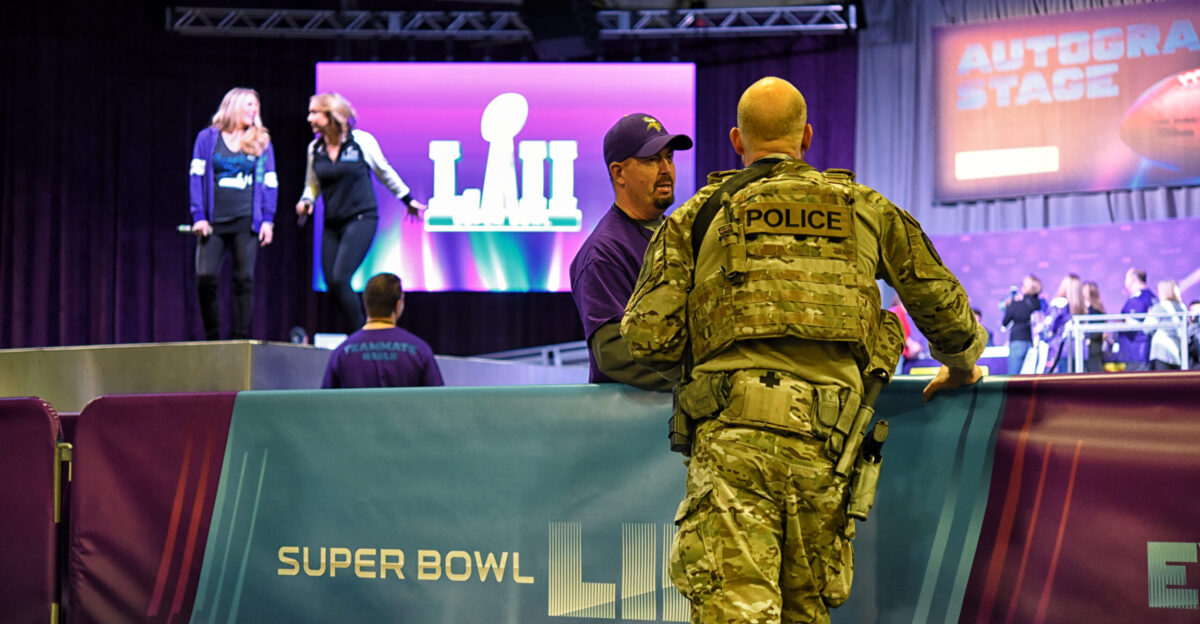
Mounting political pressures have heavily influenced the narrative surrounding this year’s Super Bowl. Corey Lewandowski, a prominent advisor at the Department of Homeland Security and ally of former President Trump, publicly condemned Bad Bunny’s halftime show selection, labeling it “shameful.” Such comments have sparked speculation about potential motivations behind ICE’s heightened presence.
This intersection of entertainment and immigration policy highlights an unprecedented visibility for these discussions on a national stage, forcing audiences to confront complex societal themes amidst a highly anticipated sporting event.
ICE’s Official Announcement
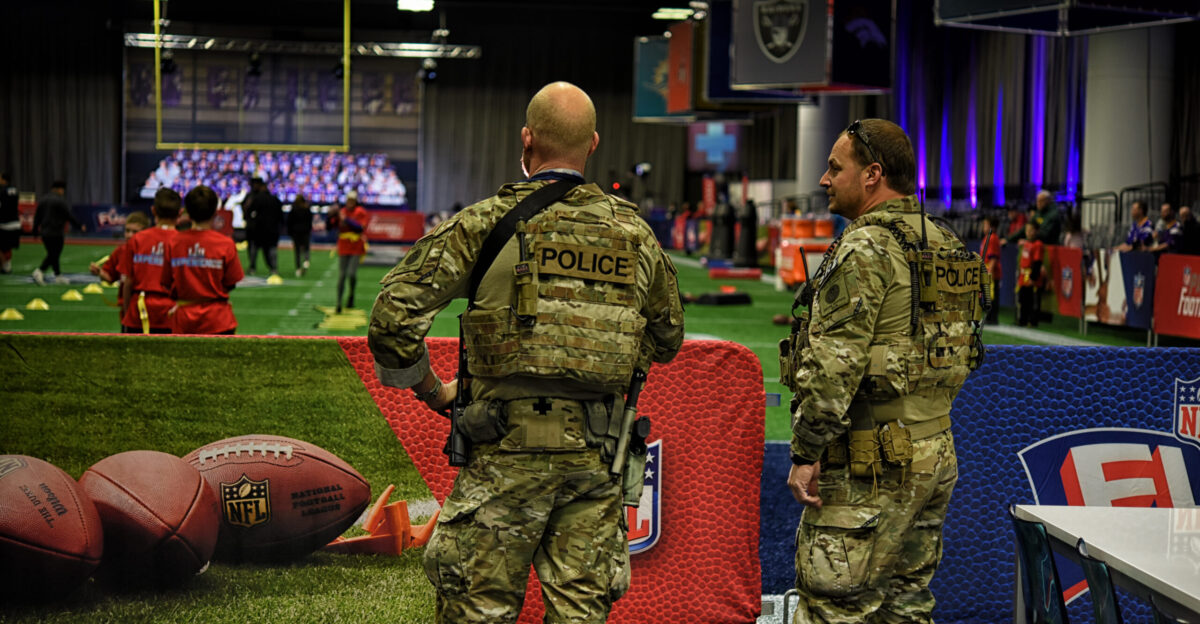
On February 1, 2025, ICE confirmed it would deploy agents to the Super Bowl, focusing attention on the scheduled halftime performance by Bad Bunny. The agency underscored its commitment to ensuring public safety, stating, “ICE will have a visible presence to ensure safety and compliance.” This public targeting of a Super Bowl halftime performance is unprecedented, marking a notable shift in ICE’s operational priorities during high-profile events.
With such an official announcement, the implications for both attendees and the broader cultural landscape become increasingly significant as the event approaches.
Local Impact
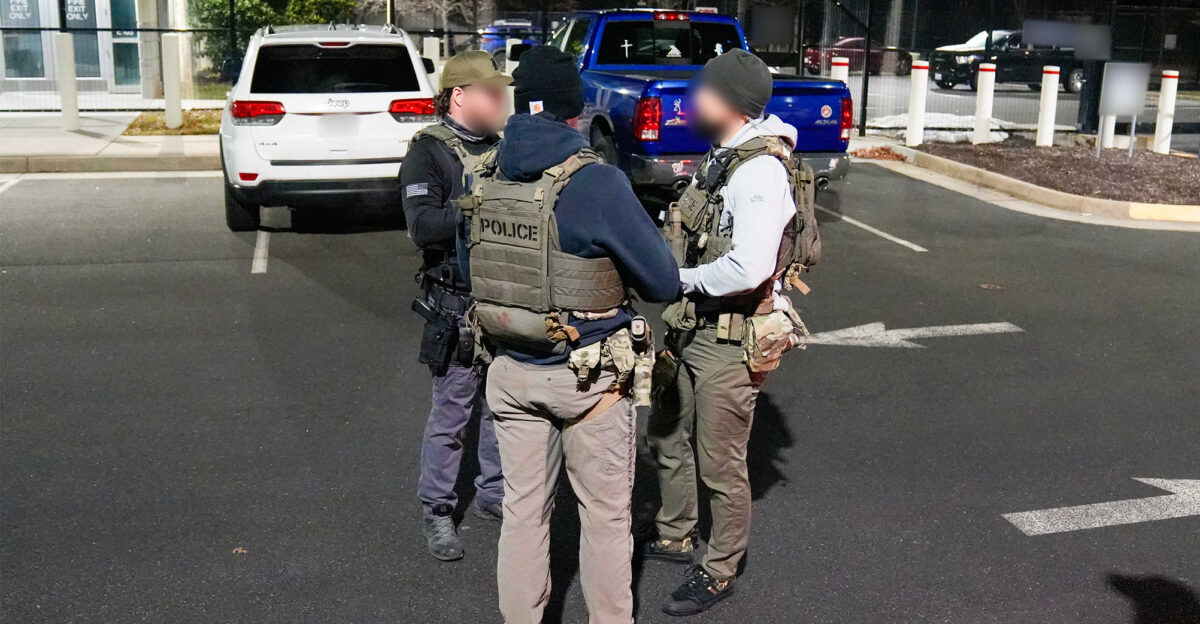
Santa Clara, the host city of the Super Bowl, is preparing for an economic influx while grappling with the logistical challenges of accommodating such a high-profile event. Local officials are coordinating their efforts with federal agencies like ICE to bolster public safety, but this partnership has raised significant concerns among immigrant communities in the Bay Area.
Many residents fear that the presence of immigration enforcement may turn the event into a flashpoint for broader discussions about national immigration policy. As the community navigates this complicated terrain, anxieties about safety and representation resonate deeply.
Fan Fears
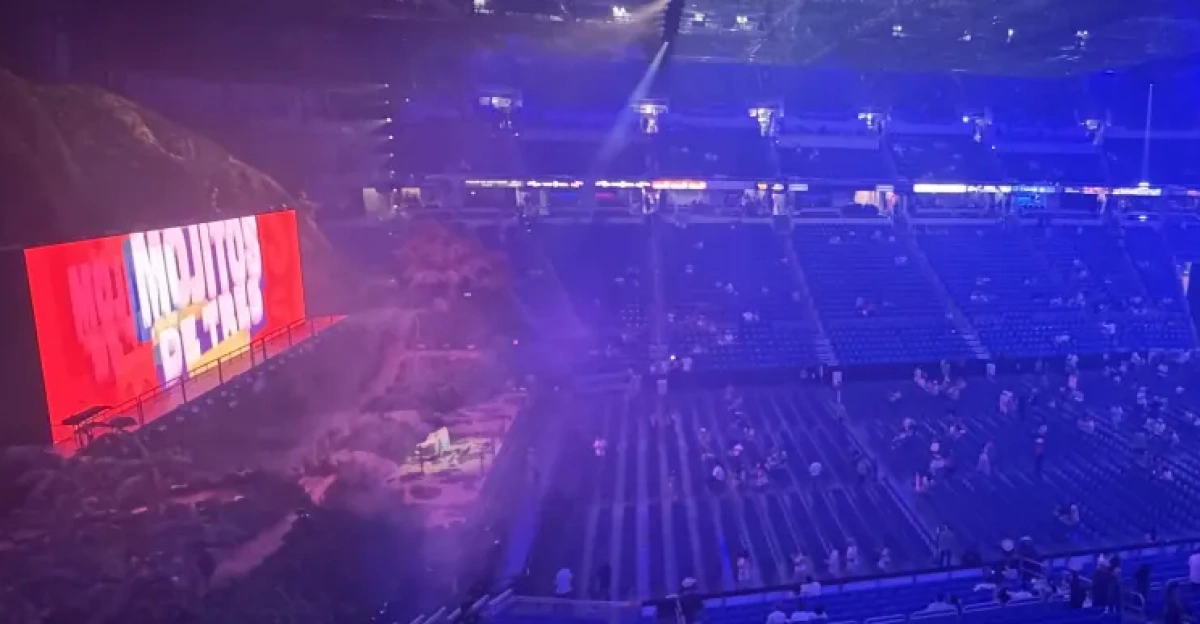
With a significant portion of Bad Bunny’s fanbase being Latino and immigrants, ICE’s planned involvement has stirred anxiety among concert-goers. Bad Bunny himself has expressed concerns about ICE’s presence, stating that it shaped his decision to limit U.S. tour dates due to fears of potential raids.
His words amplify the fears felt by many fans who view the Super Bowl as both a cultural celebration and a personal safety issue. The prospect of ICE enforcement looms large, transforming the atmosphere around the event from one of joyous anticipation to one of apprehension for many attendees.
NFL and Sponsors Respond
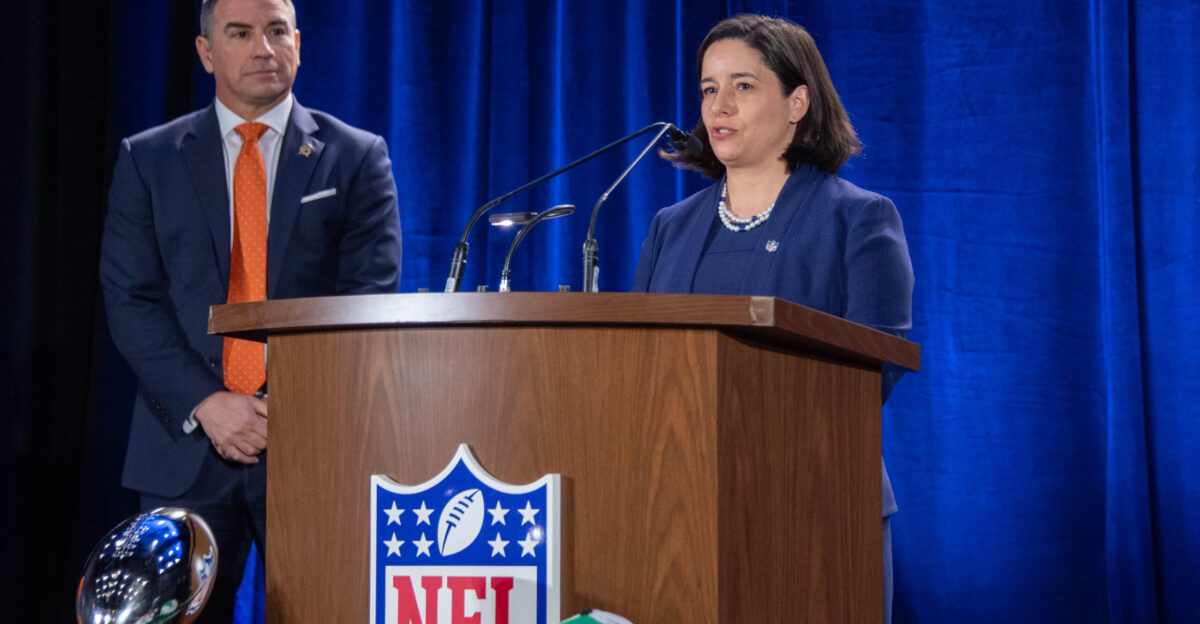
The NFL, alongside major sponsors like Apple Music and Roc Nation, is defending its selection of Bad Bunny for the halftime show. Roc Nation founder Jay-Z stated, “What Bad Bunny has done and continues to do for Puerto Rico is truly inspiring.” His recognition reflects the growing cultural significance of Latin artists.
The league’s response illustrates a delicate balance between advancing commercial interests and navigating the potential political fallout surrounding ICE’s involvement. Undoubtedly, the NFL must consider the complex landscape of public sentiment intersecting with cultural representation in this high-stakes environment.
Streaming Surge
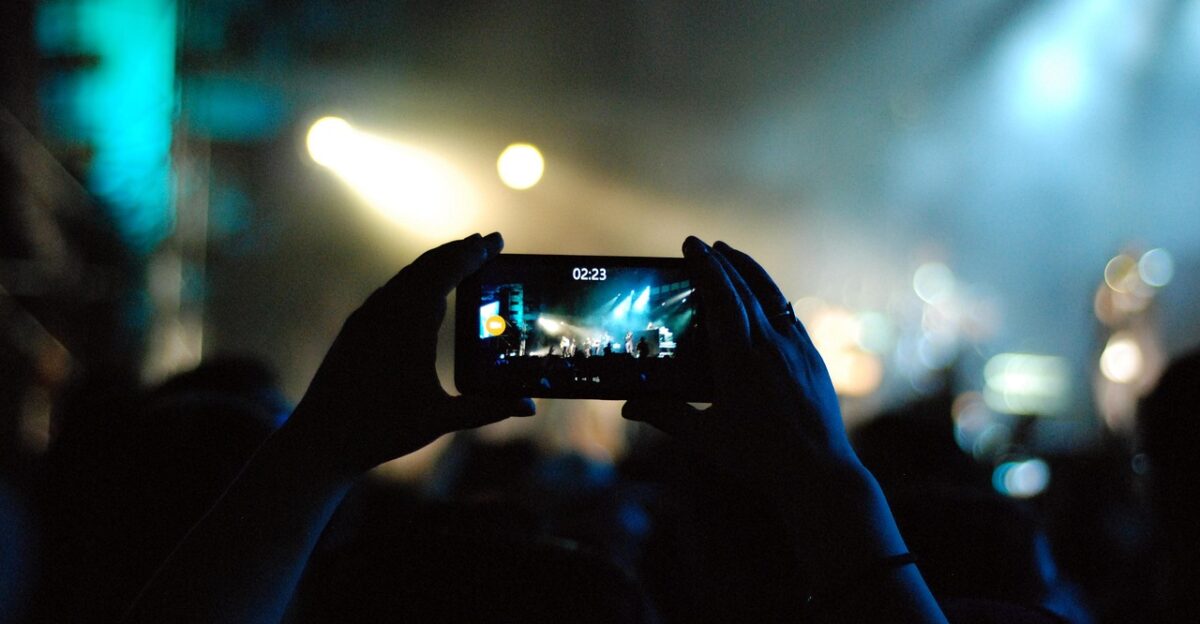
In the wake of the Super Bowl performance announcement, Bad Bunny’s music experienced a staggering 26% surge in streams across the U.S., escalating from 173 million to 218.5 million within a week. This dramatic increase serves as a testament to his immense popularity and the rising influence of Latin music within mainstream American culture.
Interestingly, controversy surrounding his performance and ICE’s presence may be contributing to this spike in public interest, suggesting that the strategic interplay between politics and entertainment could enhance, rather than diminish, an artist’s exposure and reach.
Public Reaction
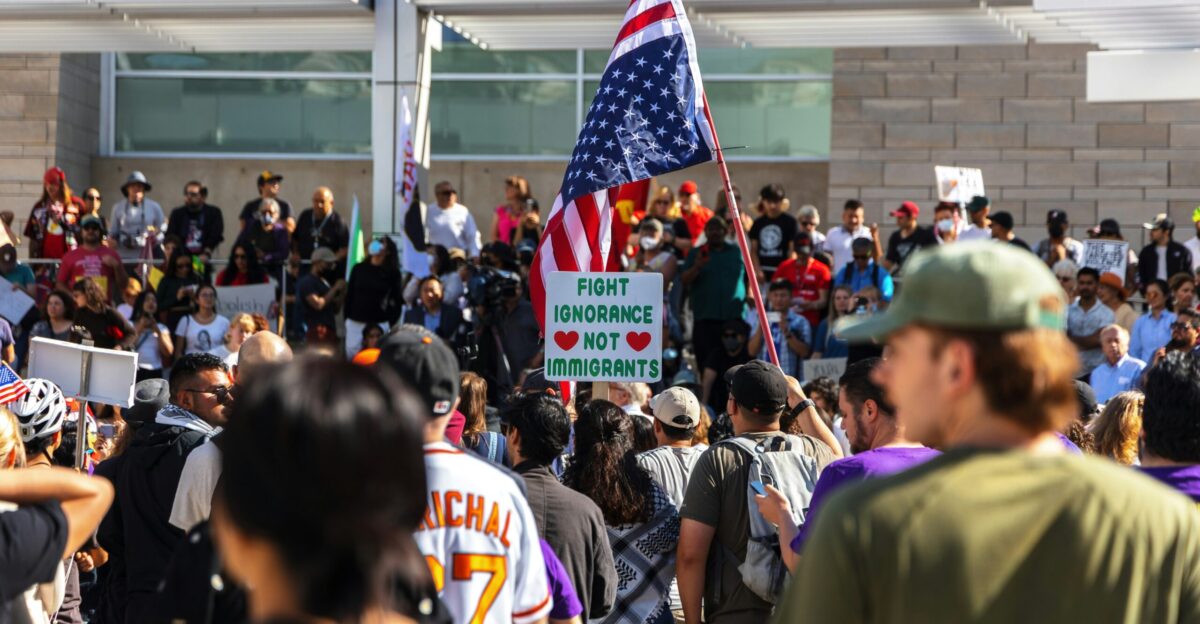
As anticipation builds for the Super Bowl, public reactions are mixed. Many music fans view Bad Bunny’s performance as a celebration of Latin culture; however, an undercurrent of concern exists regarding ICE’s enforcement presence.
Local activist groups have organized protests to voice their disapproval of federal involvement during such a celebratory occasion, stating it undermines the spirit of the event. With a spectrum of opinions spanning from excitement to apprehension, the Super Bowl promises to be not only a sporting highlight but also a platform for cultural dialogue and political discourse.
Social Media Sensations
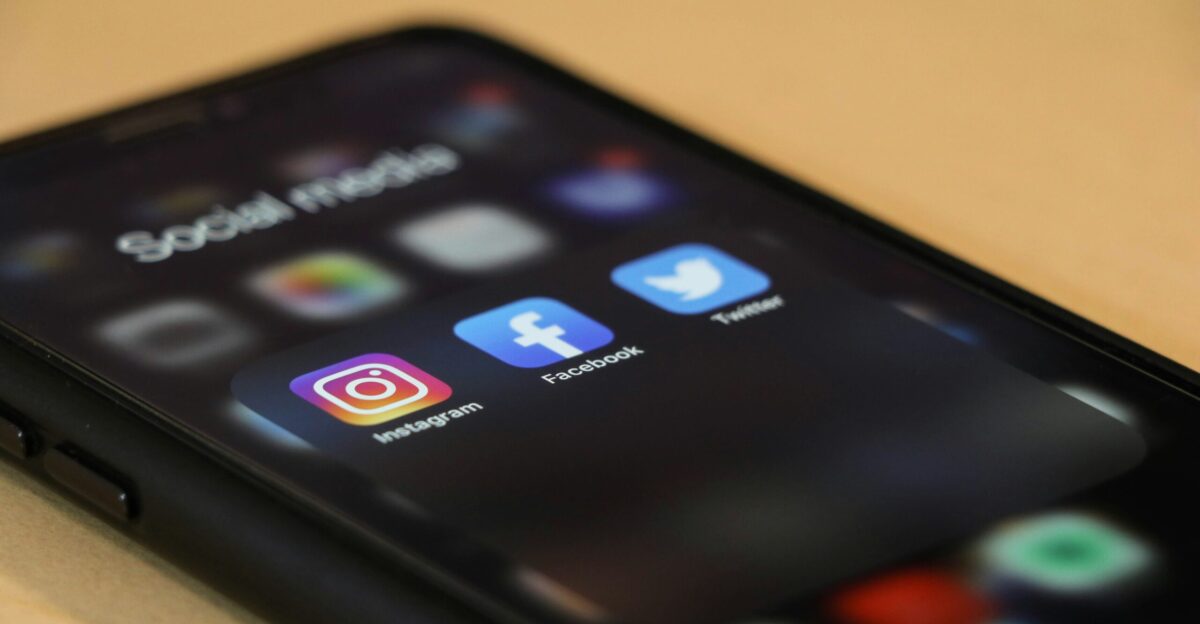
Social media is ablaze with reactions to ICE’s announcement and Bad Bunny’s halftime show. Hashtags trending include #BadBunny2026 and #ICEatTheSuperBowl, reflecting the polarized spectrum of public sentiment. Fans and critics alike are using these platforms to share opinions, create memes, and rally support for their respective causes.
Influencers and celebrities have joined the conversation, further elevating the discourse surrounding ICE’s presence and its significance for the event. This digital landscape will undoubtedly play a crucial role in shaping perceptions leading up to the Super Bowl.
Community Voices
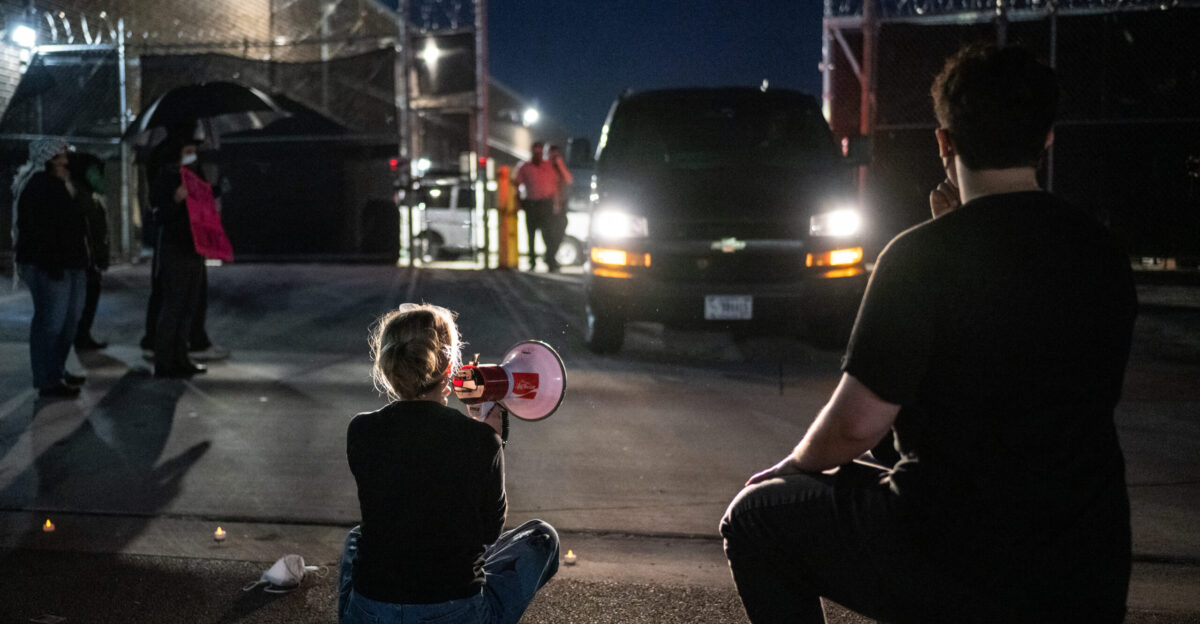
Voice from the community is vital in this conversation, as many residents express their views on the Super Bowl and ICE’s involvement. Maria, a local business owner, stated, “This is our chance to celebrate our culture, but we can’t ignore the fears it brings.” Meanwhile, community organizers emphasize the importance of safety versus visibility for immigrant groups.
These conflicting perspectives highlight the complexities surrounding the event, revealing a rich tapestry of personal narratives that are influenced by both pride and apprehension, making it clear that the implications extend beyond mere entertainment.
Future Implications
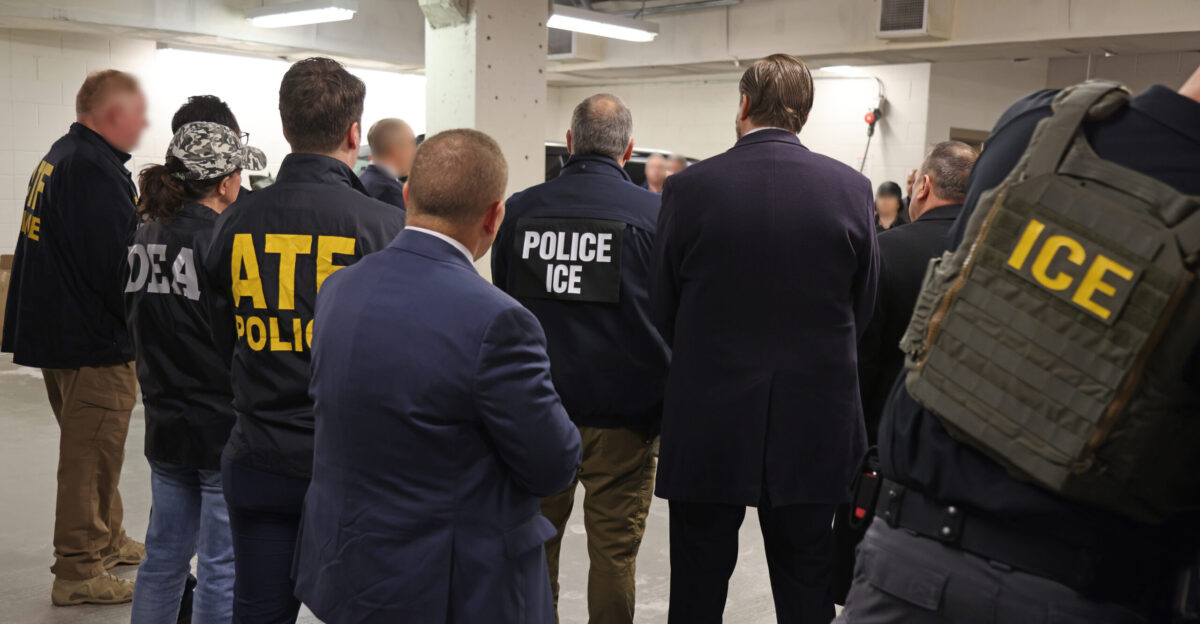
As the 2026 Super Bowl approaches, the long-term implications of ICE’s involvement in major entertainment events are becoming evident. This situation could set a precedent for future gatherings, affecting how federal law enforcement interacts with large public celebrations.
Legal analysts note that increased oversight could create an environment of fear among specific communities, which might deter attendance at future events. Observers will closely monitor the unfolding of this dynamic and assess whether it sparks a broader debate about the role of immigration enforcement in American culture.
Cultural Reflection
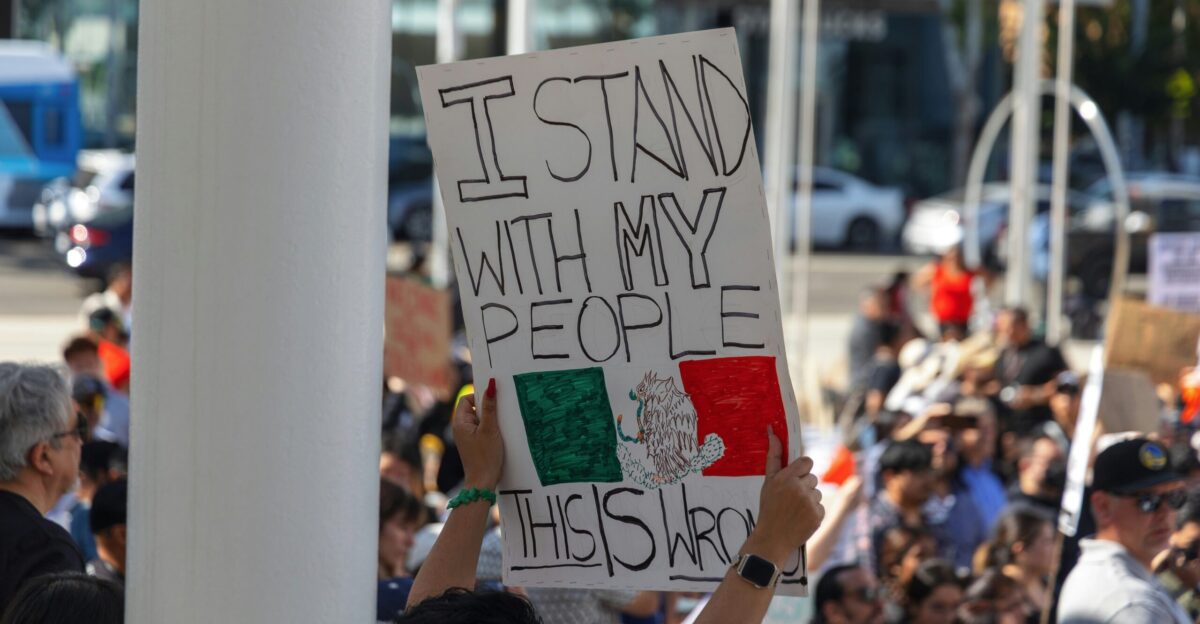
The intersection of entertainment and immigration policy at the Super Bowl serves as a lens through which to examine broader societal issues. This moment highlights the ongoing struggles and triumphs of immigrant communities, particularly within the context of U.S. politics.
The choice of Bad Bunny as a halftime performer symbolizes cultural pride, while ICE’s presence underscores the persistent societal challenges many face. Ultimately, the event encapsulates a microcosm of contemporary America, where accolades in culture must consistently confront overarching political realities.
Conclusion and Reflection
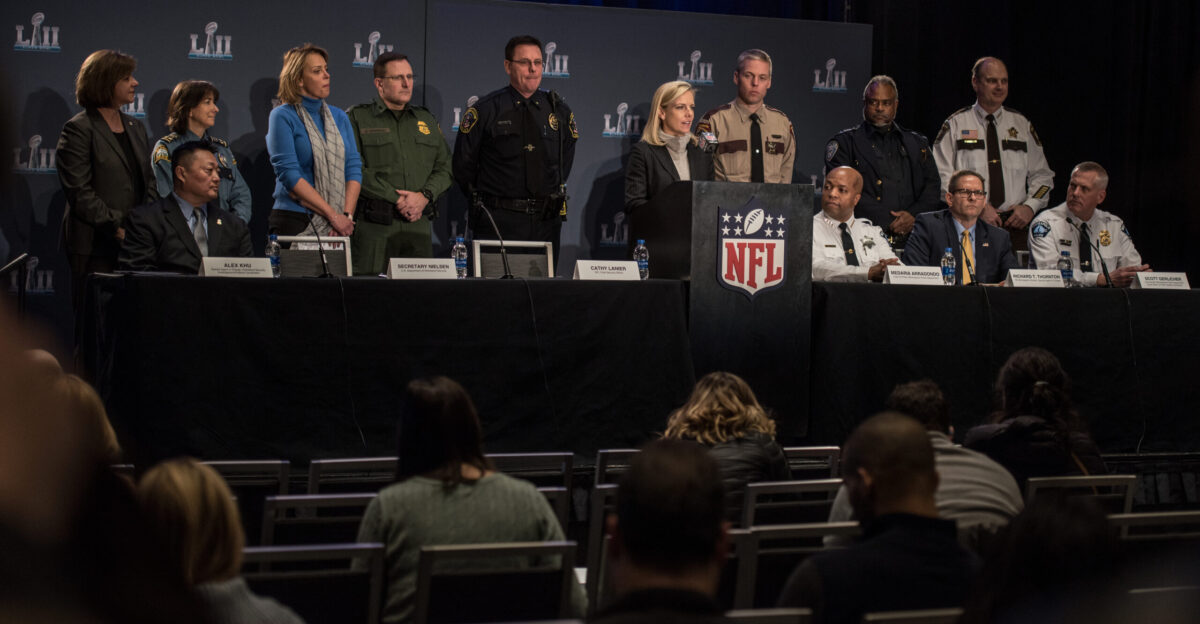
In conclusion, the decision for ICE to have a visible presence at the Super Bowl, particularly during Bad Bunny’s highly anticipated halftime show, raises critical questions about the intersection of enforcement, entertainment, and cultural identity.
As the event approaches, public sentiment reveals a complex mix of pride, fear, and activism among various communities. Stakeholders, from fans to federal agents, must navigate this intricate landscape, highlighting the ever-evolving dialogue between popular culture and immigration policy. The Super Bowl will undeniably serve not only as a pinnacle of sportsmanship but as a significant cultural moment.